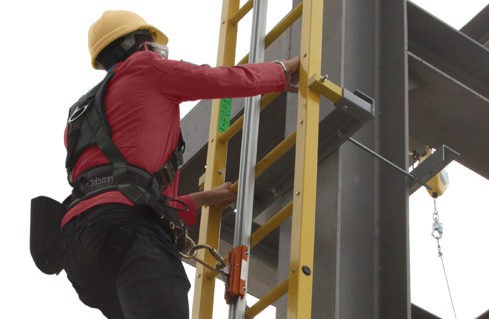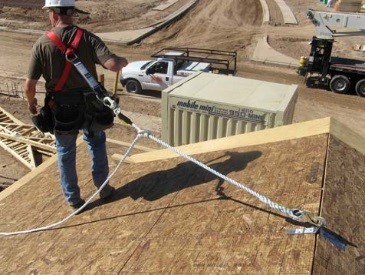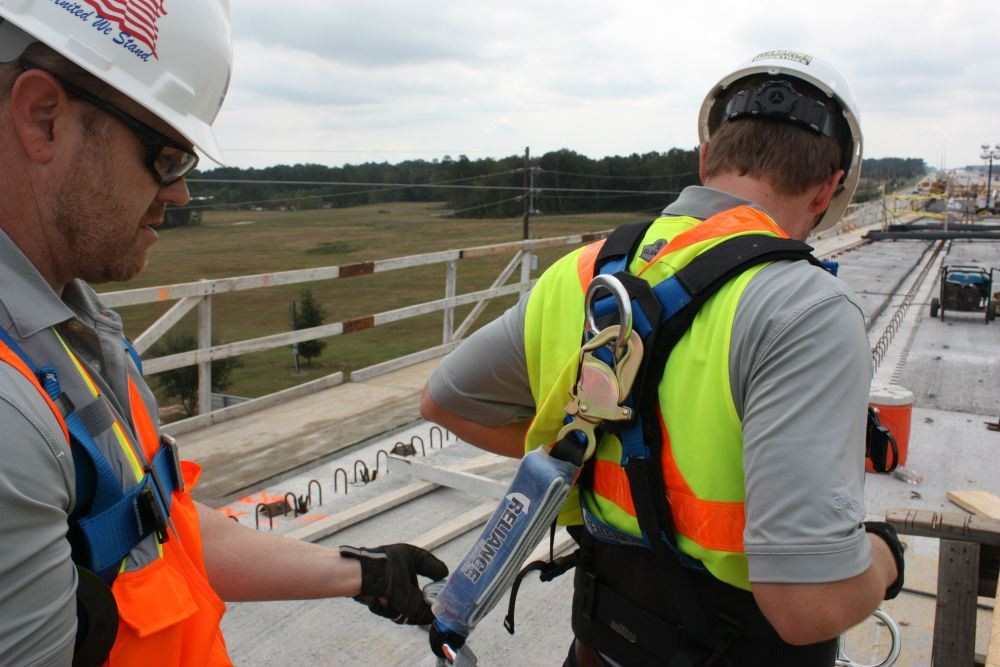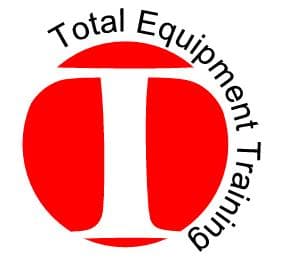In the United States falls are the leading cause of workplace injury. OSHA has set forth guidelines that ensure that employees are given the proper protection from falls. Fall protection equipment can be many things such as a full-body harness, a rescue harness, a work positioning belt, etc. These devices are designed to keep workers from falling. Employers must provide workers with fall protection if they are exposed to the following fall risks at the following heights:
- 4 feet – general workplaces
- 5 feet – shipyards
- 6 feet – construction
- 8 feet – longshore

What Are the 4 Methods of Fall Protection?
The four methods of fall protection are fall elimination, fall prevention, fall arrest, and administrative controls. Fall elimination is the most preferred method of fall protection. This is when the worker is able to complete the task without having to work at heights. Fall prevention safety training is when systems like guardrails and safety nets are used. Fall arrests refer to systems that are used to protect you after the fall has already occurred such as a harness. Lastly, administrative controls are the least preferred method of fall protection as it does not prevent injury in the event of a fall. Administrative controls are simply procedures and work practices that bring awareness to the risk of a fall.

Does OSHA Require a Fall Protection Rescue Plan?
OSHA does not require written rescue plans or that a preplanning event be held. However, OSHA does recommend the following:
To prevent employees from being injured from falls, employers must:
- Guard every floor hole into which a worker can accidentally walk (using a railing and toe-board or a floor hole cover).
- Provide a guard rail and toe-board around every elevated open-sided platform, floor, or runway.
- Regardless of height, if a worker can fall into or onto dangerous machines or equipment (such as a vat of acid or a conveyor belt) employers must provide guardrails and toe-boards to prevent workers from falling and getting injured.
- Other means of fall protection that may be required on certain jobs include safety harness and line, safety nets, stair railings, and handrails.
OSHA requires employers to:
- Provide working conditions that are free of known dangers.
- Keep floors in work areas in a clean and, so far as possible, dry condition.
- Select and provide required personal protective equipment at no cost to workers.
- Train workers about job hazards in a language that they can understand.
Why Your Employees Need OSHA Fall Protection Training Certification?
OSHA recognizes that accidental falls are generally complex events that often involve a variety of factors. Because of this, the OSHA standard for fall protection deals with both human and equipment-related issues that factor into fall protection training.
OSHA identifies the following as areas or activities where fall protection is needed:
- Unprotected sides and edges
- Hoist areas
- Holes
- Wall openings
- Formwork and reinforcing steel
- Ramps, runways, and other walkways
- Excavations
- Dangerous equipment
- Overhand bricklaying and related work
- Roofing work
- Leading edge work
- Pre-cast concrete erection
- Residential construction
- Other walking/working surfaces.
OSHA Fall Protection Training Requirements
OSHA guidelines dictate that the training must be taught by a competent person in any situations where fall hazards could occur. That training must include:
- Recognizing and minimizing fall hazards
- Procedures for erecting, maintaining, disassembling, and inspecting the fall protection equipment in use
- An understanding of OSHA fall protection rules.
On-Site Fall-Protection Certification Training Program
Under the fall protection rule, employers can select fall protection measures and equipment to fit the work being performed. Total Equipment Training’s customized fall protection training program is designed to provide the information and testing for your specific scope of work to ensure your crew can operate equipment safely and effectively.
Our tailored training is presented to maximize the current skill level of the participants. Our program uses the following outline as a starting point for fall protection training topics, but is also fully customizable to the needs of any job site.

How Can TET Help With Your Company’s OSHA Training?
At Total Equipment Training, our trainers come with over 10 years of in the field experience. We come to your site and train your employees on your equipment. Our comprehensive OSHA Fall Protection Training helps your employees to remain safe and up to date with current OSHA Fall Protection safety Guidelines. We also offer video fall protection and online OSHA training classes. If you are interested in learning more about our Fall Protection Training visit us at our website.

